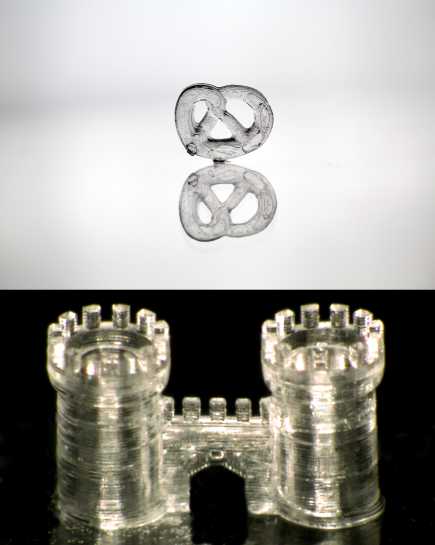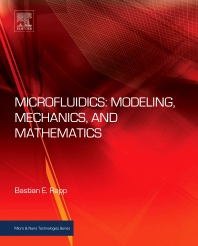“Three-dimensional printing of transparent fused silica glass”, Nature, 2017 | Project

Glass is one of the most important high-performance materials used for scientific research, in industry and in society, mainly owing to its unmatched optical transparency, outstanding mechanical, chemical and thermal resistance as well as its thermal and electrical insulating properties. However, glasses and especially high-purity glasses such as fused silica glass are notoriously difficult to shape, requiring high-temperature melting and casting processes for macroscopic objects or hazardous chemicals for microscopic features. These drawbacks have made glasses inaccessible to modern manufacturing technologies such as three-dimensional printing (3D printing).
Using a casting nanocomposite, here we create transparent fused silica glass components using stereolithography 3D printers at resolutions of a few tens of micrometres. The process uses a photocurable silica nanocomposite that is 3D printed and converted to high-quality fused silica glass via heat treatment. The printed fused silica glass is non-porous, with the optical transparency of commercial fused silica glass, and has a smooth surface with a roughness of a few nanometres. By doping with metal salts, coloured glasses can be created. This work widens the choice of materials for 3D printing, enabling the creation of arbitrary macro- and microstructures in fused silica glass for many applications in both industry and academia.
Bastian E. Rapp: “Microfluidics: Mechanics, Modeling and Mathematics”, 830 pages, Elsevier Scientific Publishing, ISBN 9781455731411

A practical guide to the fluid mechanics, including the mathematical and physical fundamentals, as well as analytical and numerical techniques required in academic and industrial microfluidic systems design.
- Derives the fundamental equations in detail
- Introduces and experiments with all relevant analytical and numerical techniques for assessing microfluidic systems.
- Provides techniques and, experiments ready to be put to use in an academic, or industry setting including a fully-functional custom-written three-dimensional numerical solver.
- A collection of source code, Maple and Microsoft Excel worksheets, and image files is provided on a companion website.
This practical, step-by-step approach to nano- and microfluidics provides readers with a wealth of analytical and practical techniques, and techniques ready to be put into practice in both research and industrial settings.
The practical approach is ideally suited to researchers and R&D staff in industry; additionally the interdisciplinary approach to the science of nano- and microfluidics enables readers from a range of different academic disciplines to broaden their understanding.
Dr. Rapp fully engages with the multidisciplinary nature of the subject. Alongside traditional fluid/transport topics, there is a wealth of coverage of material physics, thermodynamics as well as engineering mathematics, and chemistry involved.
This book offers a widespread overview of the fluid mechanics of microfluidics and practical guidance on techniques, pitfalls and troubleshooting in the field.
